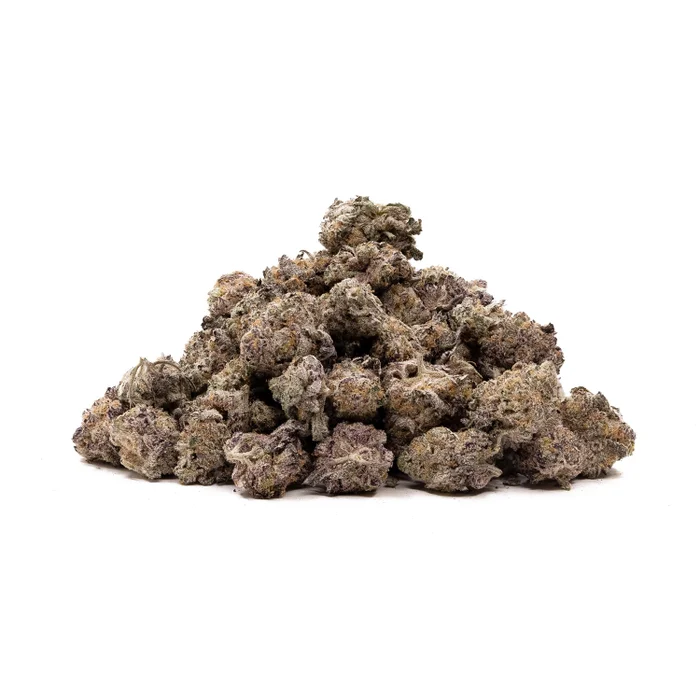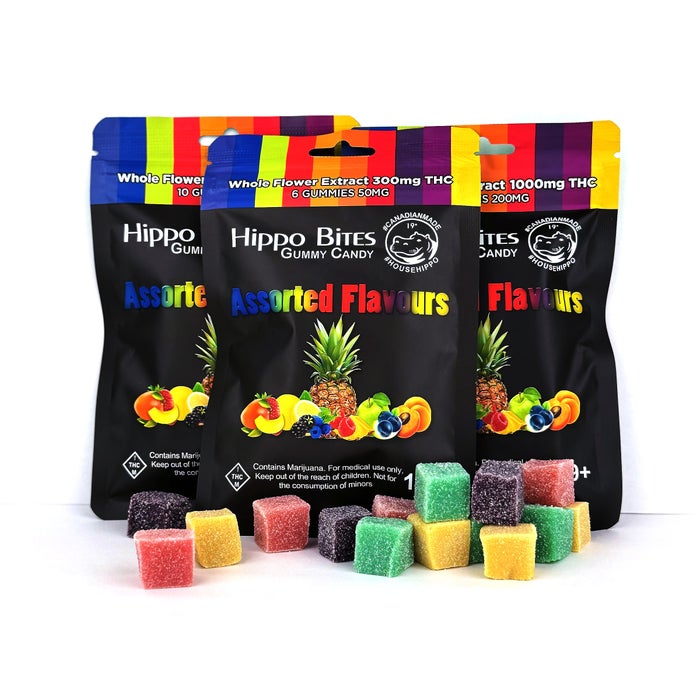- No Products In The Cart
- start shopping
Cannabis for Chemotherapy-Induced Nausea: Unveiling its Potential for Relief

Can cannabis offer the relief you’ve been seeking from chemotherapy-induced nausea? If you’re tired of the relentless waves of queasiness and vomiting hindering your progress, it’s time to explore the potential of cannabis. This natural remedy holds promise in alleviating the distressing side effects, giving you hope for improved well-being. Get ready to uncover the secrets of cannabis and its potential in combating chemotherapy-induced nausea.
Mechanisms of Action
To understand how cannabis can alleviate chemotherapy-induced nausea, we must first explore how its active compounds, known as cannabinoids, interact with the body’s receptors. The human body possesses an intricate system called the endocannabinoid system (ECS), which plays a crucial role in regulating various physiological processes. The ECS consists of receptors, such as CB1 and CB2, which are spread throughout the body.
When cannabinoids from cannabis enter the body, they can bind to these receptors, exerting their effects. In the context of nausea, the activation of CB1 receptors in the brain appears to play a pivotal role. By interacting with these receptors, cannabinoids can modulate the release of neurotransmitters, such as serotonin and dopamine, which are involved in the regulation of nausea and vomiting.
Unveiling the Pharmacological Basis of Cannabis for Chemotherapy-Induced Nausea Relief
The pharmacological basis for cannabis’ potential in relieving nausea lies in its ability to target the specific receptors involved in the emetic response. Unlike conventional antiemetics that often target multiple receptors and may cause unwanted side effects, cannabinoids, particularly delta-9-tetrahydrocannabinol (THC) and cannabidiol (CBD), can selectively interact with the CB1 receptors, thereby offering a more targeted approach.
Furthermore, cannabinoids have been found to possess anti-inflammatory and antioxidant properties, which may contribute to their potential antiemetic effects. Inflammation in the gastrointestinal tract is believed to play a role in chemotherapy-induced nausea, and by reducing inflammation, cannabinoids may help alleviate this symptom.

Evidence-Based Insights
To assess the efficacy of cannabinoids for chemotherapy-induced nausea, numerous quantitative systematic reviews have been conducted. These reviews analyze data from multiple studies to provide a comprehensive understanding of the topic.
One such review published in the Journal of Clinical Oncology examined the effectiveness of cannabinoids compared to conventional antiemetics. The study concluded that cannabinoids, particularly THC, were more effective in reducing nausea and vomiting in chemotherapy patients. However, it’s important to note that individual responses to cannabinoids can vary, and further research is needed to optimize dosages and identify the most suitable patients for this treatment approach.
Another study published in the European Journal of Cancer compared the safety profiles of cannabinoids and conventional antiemetics. The analysis indicated that cannabinoids had a favorable safety profile, with fewer adverse effects reported compared to standard antiemetic medications. This finding is particularly encouraging, as it suggests that cannabis may offer relief without the burden of significant side effects commonly associated with traditional antiemetic drugs.

Methods of Administration
When it comes to administering cannabis during chemotherapy, there are several methods of consumption to consider. Each method has its own unique pros and cons, and the choice of administration depends on individual preferences and needs.
- Inhalation: Inhalation involves smoking or vaporizing cannabis, allowing the cannabinoids to be quickly absorbed into the bloodstream through the lungs. This method offers rapid onset of relief, making it an attractive option for those seeking immediate nausea relief. However, it may not be suitable for individuals with respiratory issues or those who prefer to avoid inhalation.
- Oral Ingestion: Oral ingestion involves consuming cannabis-infused edibles or capsules. When cannabis is ingested, it undergoes digestion and absorption in the gastrointestinal tract, leading to a slower onset of effects compared to inhalation. However, the effects can last longer, providing sustained relief from nausea. It’s important to note that the onset time can vary significantly, and proper dosing is crucial to avoid unwanted effects.
- Topical Application: While less common for nausea relief, topical application involves applying cannabis-infused creams or oils to the skin. This method primarily targets localized symptoms, such as abdominal discomfort or nausea-related muscle tension. However, the absorption of cannabinoids through the skin is limited, and its effectiveness for chemotherapy-induced nausea may be limited compared to other methods.
-
 NEW!Lucky Farms – Banana Cream Cake (smalls)$80.00
NEW!Lucky Farms – Banana Cream Cake (smalls)$80.00 -
 NEW!Lucky Farms – Dosido$90.00
NEW!Lucky Farms – Dosido$90.00 -
 NEW!Lucky Farms – Bubble Gum Marker (smalls)$90.00
NEW!Lucky Farms – Bubble Gum Marker (smalls)$90.00 -
 NEW!Lucky Farms – Miracle Alien Cookies$100.00
NEW!Lucky Farms – Miracle Alien Cookies$100.00 -
 NEW!Lucky Farms – Oreo Big Stuff (smalls)$90.00
NEW!Lucky Farms – Oreo Big Stuff (smalls)$90.00 -
 NEW!Hippo Bites – THC Gummy Candies (1000mg)$40.00
NEW!Hippo Bites – THC Gummy Candies (1000mg)$40.00 -
 NEW!Hippo – Distillate Cartridge (1g)$25.00
NEW!Hippo – Distillate Cartridge (1g)$25.00 -
 NEW!Hippo Bites – THC Gummy Candies (300mg)$20.00
NEW!Hippo Bites – THC Gummy Candies (300mg)$20.00 -
 NEW!Hippo Bites – Gummy Candies (100mg)$10.00
NEW!Hippo Bites – Gummy Candies (100mg)$10.00
Understanding the pros and cons of each administration method can help individuals make informed decisions about the most suitable approach for their needs.
Managing Potential Side Effects of Cannabis for Chemotherapy Induced Nausea
As with any medication or therapeutic intervention, cannabis use for nausea relief may be associated with potential side effects. It’s essential to address these concerns and provide guidance on minimizing and managing any adverse effects.
- Psychoactive Effects: Cannabis containing THC can induce psychoactive effects, such as euphoria or anxiety. It’s important to start with low doses and gradually titrate up to find the optimal dose that provides nausea relief without causing unwanted psychoactive effects. Additionally, strains with higher CBD content and lower THC content may offer a more balanced experience, minimizing the risk of psychoactive effects.
- Dry Mouth and Increased Appetite: Cannabis use is commonly associated with dry mouth, also known as “cottonmouth.” Staying hydrated and having water or sugar-free candies on hand can help alleviate this symptom. Increased appetite, often referred to as the “munchies,” can also occur. It’s important to manage food choices mindfully to maintain a balanced diet during chemotherapy.
- Drug Interactions: Cannabis can interact with certain medications, including chemotherapy drugs. It’s crucial to consult with healthcare professionals to ensure there are no potential interactions between cannabis and other medications being used.
By being aware of these potential side effects and following appropriate guidelines, individuals can minimize the risks and maximize the benefits of cannabis for nausea relief.
Future Directions and Challenges
While the existing research on cannabis for chemotherapy-induced nausea is promising, there are still limitations and challenges that need to be addressed.
- Limitations of Current Research: Many studies conducted on cannabis and nausea relief have been small-scale or observational in nature. Further large-scale, controlled clinical trials are needed to provide more robust evidence regarding its efficacy, optimal dosing, and long-term effects.
- Standardization and Quality Control: Ensuring consistent and reliable products is crucial for cannabis-based treatments. Standardization of cannabinoid content, quality control measures, and adherence to regulatory standards are essential for providing safe and effective cannabis products for nausea relief.
- Integration into Standard Antiemetic Regimens: Integrating cannabis into standard antiemetic regimens poses its own challenges. Determining the appropriate timing, dosing, and combination with other antiemetic medications requires careful consideration and research.
Despite these challenges, the potential benefits of cannabis for chemotherapy-induced nausea relief cannot be ignored. Continued research and collaboration between healthcare professionals, researchers, and patients will pave the way for advancements in this field.
Conclusion

Cannabis has shown promise as a potential remedy for chemotherapy-induced nausea. Its mechanisms of action, pharmacological basis, and evidence-based insights provide a compelling case for its use in alleviating this distressing symptom. By exploring different methods of administration, managing potential side effects, and addressing future directions and challenges, we can continue to uncover the true potential of cannabis as an effective and safe option for nausea relief during chemotherapy.
FAQs
What is the best cannabis product for chemo nausea?
The best cannabis product for chemo-induced nausea varies from person to person. Some individuals find relief with inhalation methods such as smoking or vaporizing, while others prefer oral ingestion through edibles or capsules. It is important to consult with a healthcare professional or a knowledgeable dispensary staff to determine the most suitable product and dosage for your specific needs.
Can cannabinoids help with chemotherapy-induced nausea and vomiting?
Yes, cannabinoids have shown potential in helping with chemotherapy-induced nausea and vomiting. The active compounds in cannabis, such as THC and CBD, interact with the body’s receptors to modulate the release of neurotransmitters involved in nausea regulation. However, individual responses may vary, and further research is needed to optimize dosing and identify the most appropriate patients for this treatment approach.
What is the drug of choice for chemotherapy-induced nausea?
The drug of choice for chemotherapy-induced nausea depends on several factors, including the specific chemotherapy regimen, individual patient characteristics, and personal preferences. Commonly prescribed antiemetic medications include ondansetron, granisetron, and aprepitant. The choice of medication will be determined by the healthcare provider based on the patient’s needs and the potential interactions with other medications.
What is the strongest anti-nausea drug?
There is no single “strongest” anti-nausea drug as effectiveness can vary among individuals. However, some commonly used medications for severe nausea include ondansetron, promethazine, and metoclopramide. It is essential to work closely with healthcare professionals to find the most suitable medication and dosage to effectively manage chemotherapy-induced nausea.
How do you stop nausea from chemo fast?
To alleviate nausea from chemotherapy quickly, several strategies can be helpful. Firstly, consult with your healthcare provider to adjust your antiemetic medication regimen as needed. They can recommend different medications or adjust dosages to better control the nausea. Additionally, try consuming small, frequent meals throughout the day to prevent an empty stomach, and avoid greasy, spicy, or strong-smelling foods that may worsen symptoms. Ginger, in various forms such as tea, capsules, or candies, has natural anti-nausea properties and may provide relief. Relaxation techniques like deep breathing exercises, meditation, or guided imagery can help calm the mind and body.
